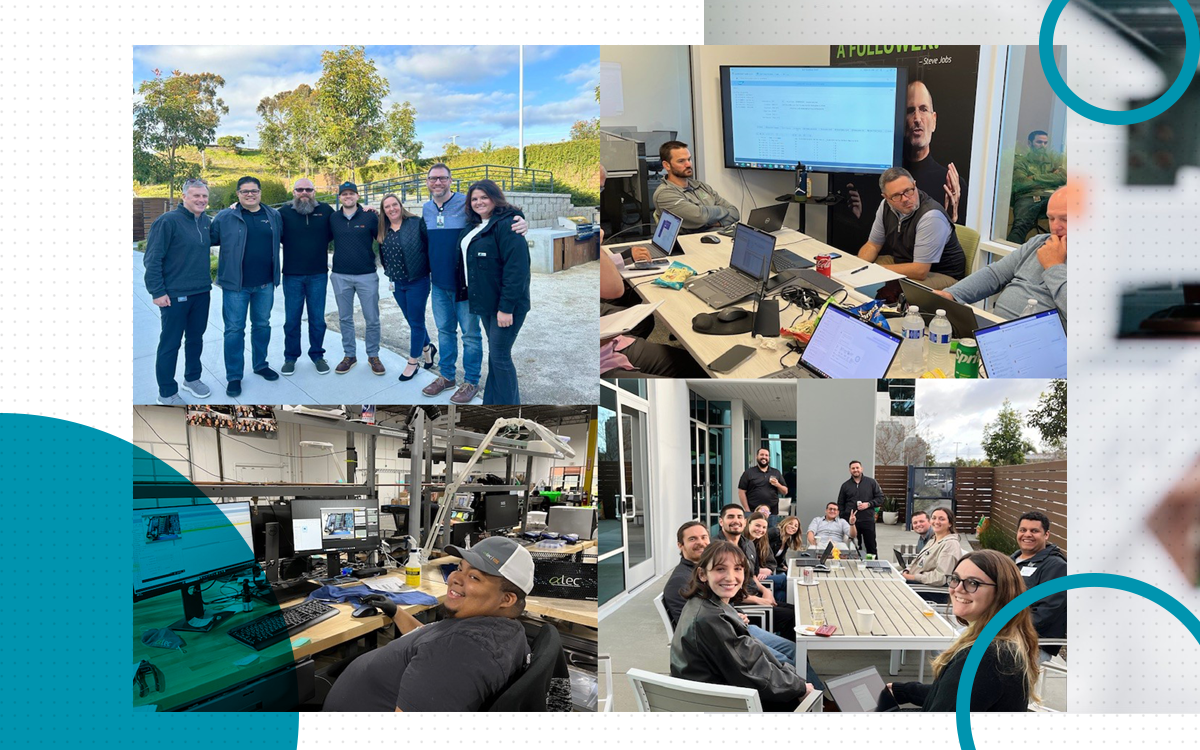For sales reps and hospital staff inundated with administrative tasks, leveraging a mobile app for scheduling surgeries and managing medical equipment bookings seems like a no-brainer. However, the key to true efficiency lies in ensuring these mobile apps are seamlessly integrated to your SAP® system. Furthermore, this integration ensures that everyone, from customer service to logistics, has access to up-to-date information.
Evaluating Mobile App Integration Options: SaaS vs. SAP® Cloud
While both SaaS (Software as a Service) and SAP® Cloud Solutions appear to offer similar functionalities in integrating mobile apps to the SAP® system, their differences are substantial in practice.
The Challenges with SaaS Solutions
- Data Through Multiple Interfaces: SaaS solutions require data to pass through numerous interfaces, making processes like batch recalls complicated and time-consuming.
- Compliance and Real-Time Data Issues: With data duplication and multiple interfaces, real-time data flow and compliance become challenging, consequently raising concerns with regulatory bodies like the FDA or EMA.
- Integration of New Business Sites: Integrating new sites into the SaaS system is both time-consuming and complex.
- Technical Changes in SAP®: Any change in SAP® necessitates extensive revalidation in the SaaS system and its interfaces.
The Advantages of SAP® Cloud Platform Integration
- No Need for Interfaces: The SAP® Cloud Platform eliminates the need for multiple interfaces, as a result of data exchanged through APIs.
- Real-Time Data and Compliance: With direct SAP® integration, real-time data is assured, concurrently simplifying compliance and enhancing reliability.
- Ease of Integration and Updates: New business sites can be integrated quickly, and generally technical changes in SAP® require minimal revalidation.
Why Choose mymediset with SAP® Cloud Platform
mymediset stands out as the only solution fully integrated with the SAP® Cloud Platform, and offers:
- Effortless Batch Recall Management: Immediate and real-time updates for recalls or other critical changes.
- Full Inventory Visibility: Compliance and real-time data are no longer concerns of direct SAP® integration.
- Simplified Integration for New Sites: Rapid and hassle-free integration of new business locations.
- Easy Multibackend Connection: mymediset facilitates simple connections to multiple backends, enhancing flexibility and efficiency.
Embrace the Future of MedTech with mymediset
Discover mymediset with its unparalleled benefits when integrated with the SAP® Cloud Platform. Contact us for a demo and experience the efficiency, reliability, and ease of integration that mymediset can provide.
Ready to streamline your MedTech operations? Embrace the power mymediset integration with SAP® Cloud Platform brings you for unmatched efficiency and compliance.
Download our comprehensive SaaS vs. SAP® comparison table to see why SAP® Cloud is the superior choice.



